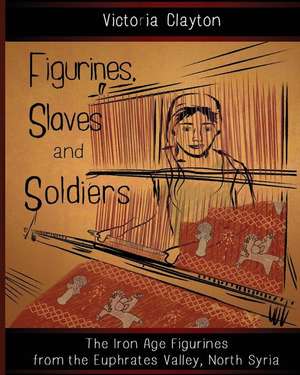Figurines, Slaves and Soldiers
en Limba Engleză Paperback
Preț: 69.33 lei
Nou
Puncte Express: 104
Preț estimativ în valută:
13.27€ • 13.85$ • 10.98£
13.27€ • 13.85$ • 10.98£
Indisponibil temporar
Doresc să fiu notificat când acest titlu va fi disponibil:
Se trimite...
Preluare comenzi: 021 569.72.76
Specificații
ISBN-13: 9780987528551
ISBN-10: 0987528556
Pagini: 104
Dimensiuni: 203 x 254 x 6 mm
Greutate: 0.22 kg
Editura: K&h Publishing
ISBN-10: 0987528556
Pagini: 104
Dimensiuni: 203 x 254 x 6 mm
Greutate: 0.22 kg
Editura: K&h Publishing
